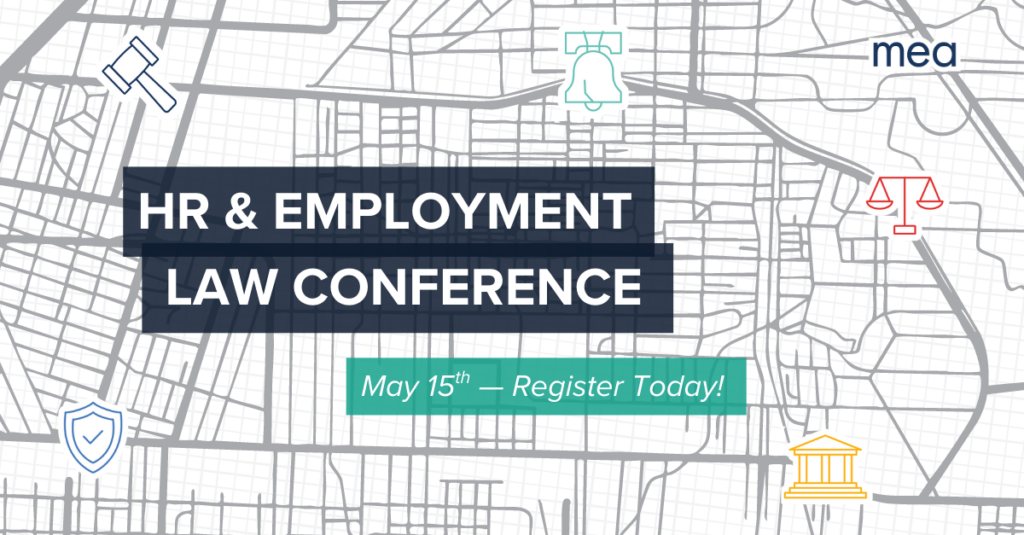Comprehensive HR & Employment Law Solutions
Expert Guidance to Help Your Business Grow
HR & Employment Law Services
At MEA, we offer comprehensive HR and employment law services designed to support your organization’s success. Our expert team is equipped to handle a wide range of HR responsibilities, from ensuring legal compliance to navigating complex employment issues. Whether you need guidance on regulatory requirements, assistance with employee relations, or strategic HR support, MEA provides tailored solutions to meet your unique needs. Trust us to deliver the expertise you need to effectively manage your workforce and achieve your organizational goals.
Services to Drive Your Business Forward
Our services are designed to support and streamline your operations so you can focus on what you do best. From expert HR support to legal compliance and training, we offer tailored solutions to address your organization’s unique needs.
OUR SERVICES
Outsourced HR
Services
Expert HR management and support taken off your plate and tailored to your needs.
Compensation Consulting
Expert guidance and data to help you optimize your compensation strategy.
HR & Payroll Technology Services
Cutting-edge technology solutions to streamline your HR and payroll processes.
HR CONSULTING SERVICES
LEGAL & COMPLIANCE SERVICES
Employee Handbooks
Clear and comprehensive handbooks to set workplace expectations.
Affirmative Action Plans
Support in developing and implementing impactful affirmative action plans for diversity and inclusion.
Workplace Investigations
Support in conducting thorough investigations and addressing workplace issues impartially.
Compliance Training
Comprehensive compliance training programs to equip your team.
Anti-Harassment Training
Targeted anti-harassment training to promote a respectful work environment.
Pre-Employment Screening
Strengthen your hiring process with thorough pre-employment screening to ensure you make informed hiring decisions.
TALENT ACQUISITION
What Our Clients Are Saying
“Megger Valley Forge has had a long business partnership with MEA. One added value Megger receives is employee recruiting services. For more than five years, MEA has assisted Megger with employee searches across a variety of different disciplines: Human Resources, Customer Service, Manufacturing, and Engineering. In all cases MEA has provided transparent, upfront services, pricing and thorough execution of the search, candidate screening, resumes, and as-needed meeting coordination. Megger has been very pleased with the recruiting services provided by MEA and plans to continue utilizing MEA in this capacity in the future.”
—Thomas L, General Manager,
Electrical equipment manufacturer in Southeastern PA
Find Your Next Step
Need help figuring out which services best fit your needs? Fill out this simple form and let our experts help you find the perfect solution, tailored just for you.

